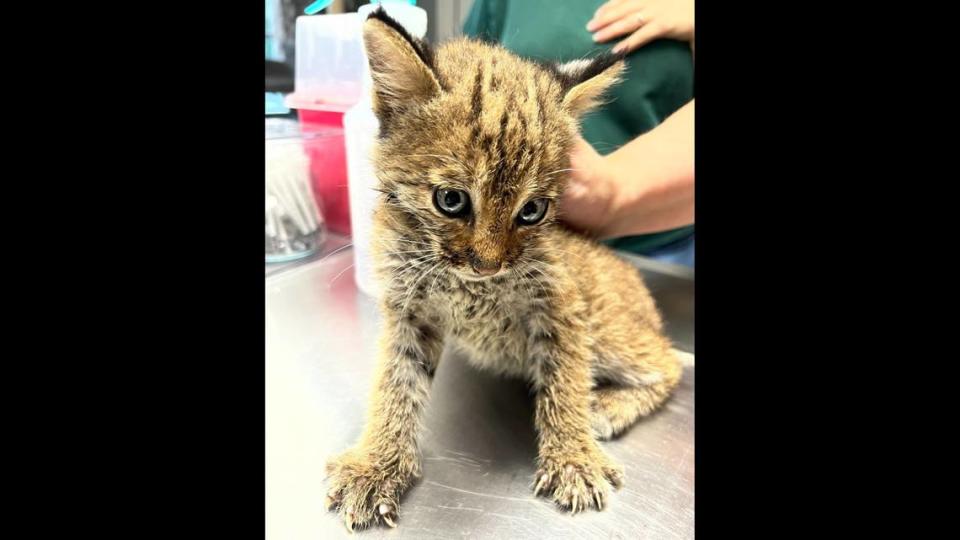Are SC bobcats dangerous? Here’s what to know and where they live
Have you heard distant screams echoing throughout the night?
It might be a bobcat.
Bobcats, also known as the red lynx or the bay lynx, are part of the lynx family and can easily be distinguished by their short, bobbed tail.
Although the feline typically goes unseen in more populated areas due to its generally shy and solitary character, bobcats inhabit the stretch of South Carolina’s coastal plain and can be found in many different habitats such as swamps, mountainous regions and forests with thick brush.
What do they look like?
The fur on a bobcat can range between appearing as grayish to reddish-brown, donning widespread black spots, dark ears with white, tufted tips and a tail tipped with black above and white fur.
This lynx species typically weighs between 15-40 pounds, with males generally being heavier than females.

What do they eat?
Bobcats are opportunistic hunters that prey on a variety of animals such as mice, rats, squirrels, moles, fish, birds, rabbits, reptiles and occasionally white-tailed deer, which is South Carolina’s state animal.
Lynx rufus have been known to prey on nearby white-tailed deer during the fawning and hunting seasons, at which times they find young, wounded or crippled deer for easy prey, the South Carolina Department of Natural Resources states.
Domestic animals such as dogs, goats and sometimes cats left in backyards or around your property can also fall prey to the hungry felines.
Bobcats prepare to stalk and ambush their prey, pouncing when an ideal animal comes near with their pursuit rarely extending more than 60 feet.
What is their breeding season?
Bobcats are polygamous mammals that begin breeding after they have reached one year of age and will breed in the late winter and early spring, but mostly occurring between December through May.
Female bobcats will use an area of rocky ledges as a natural den. However, they may also be located in rock crevices, caves, brush piles or in hollow trees, stumps, or logs, according to Mass.gov. Females may even repeatedly use the same den sites for several years in a row.

They undergo a 62-day gestation period where afterward females will give birth to two to four kittens. These kittens will open their eyes after 10 days, and by four weeks, will begin exploring their surroundings and are weaned from nursing by seven to eight weeks, SCDNR states.
Male bobcats do not participate in raising the young, as that responsibility solely lies on the female.
Are they dangerous to humans?
Luckily, bobcats tend to avoid humans, which makes them pretty harmless most of the time. However, attacks have occurred as a result of unhealthy or territorial bobcats.

“Perhaps you have seen a bobcat in your neighborhood. Rest assured, bobcats do not attack people. In fact, bobcat attacks are virtually unknown; however, no one should ever attempt to touch or handle a wild bobcat or her kittens,” Kathy Milacek said through the Texas city of The Colony Department of Animal Services’ website.
If a bobcat does try to attack you, do what you can to defend yourself and seek immediate medical treatment for rabies or other diseases if you receive any bites, scratches or other injuries.
Fun Facts
Bobcats are capable of running up to 30 miles per hour, faster than any human, and are able to reduce the noise they make while hunting by placing their back feet right where their front feet have just stepped.
Bobcats are capable of leaping as far as 10-12 feet to catch their prey.
Bobcats are about twice as big as a typical house cat.
Bobcats are very good swimmers.
Bobcats can live to approximately 15 years of age in the wild.
Bobcats tend to be solitary and territorial. Adult females have an extremely low tolerance for other adult females in their home range; whereas, the males of this species are more tolerant of another male within the home range, detailed the Ohio Department of Natural Resources.



